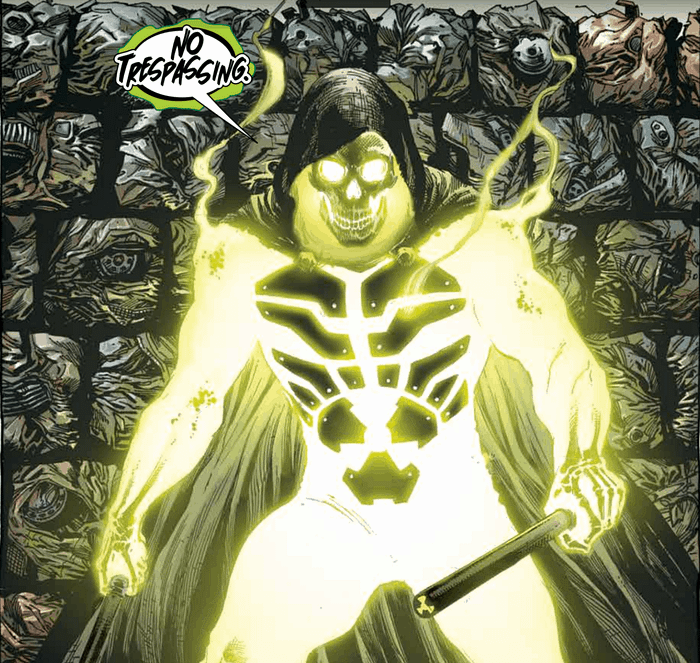How Comic Books Can Spark Young People’s Creativity

In a world saturated with digital distractions, comic books emerge as a breath of fresh air, offering not only an entertaining escape but also an incredible stimulus for creativity. This blog post aims to delve into the unique ways in which reading comic books can nurture the creative minds of young people, fostering a generation of imaginative and innovative thinkers.
The Multi-Dimensional Nature of Comic Books
Comic books are not mere compilations of images and words; they are intricate blends of art and literature. This hybrid medium forces readers to engage both visually and textually, thereby activating and interconnecting different areas of the brain. The combination of concise text and vibrant images demands active participation from the reader, bridging gaps with their imagination, making connections, and encouraging them to visualize and predict outcomes. This exercise alone can spark creativity like few other mediums can.
Visual Storytelling and Art Appreciation
Reading comics involves deciphering stories not just through words, but through visual cues. This fosters an appreciation for art and graphic design in readers. Young people learn about color theory, visual harmony, and storytelling through imagery, all of which can ignite a passion for art and design.
Enhancing Literacy Through Engaging Content
For some children, especially reluctant readers, traditional books can be intimidating. The colorful and dynamic nature of comic books, however, can draw them in and make reading feel less like a chore and more like an adventure. This positive relationship with reading can stimulate a love for storytelling and, in turn, inspire them to craft their own tales.
Representation and Identity
Comics today are more diverse than ever, showcasing characters of different races, genders, and backgrounds. For young people, seeing characters who look, act, or live like they do can be empowering. It can also stimulate empathy and understanding for those with different life experiences, encouraging kids to think creatively about the world and the people around them.
Problem Solving and Critical Thinking
Comic books often feature complex plots full of twists and turns. Readers, therefore, have to pay close attention and think critically to follow along. This can help young people develop the ability to think creatively about solutions to problems, a skill that is invaluable in all areas of life.
The Inspiration to Create
Many professional artists, writers, and filmmakers cite comic books as a key influence in their creative development. By reading comics, young people are exposed to various artistic styles and narrative structures. This exposure can inspire them to try their hand at creating their own stories, whether through drawing, writing, or both.
Expanding Cultural Awareness
Comics from different parts of the world, such as Manga from Japan or Manhwa from Korea, can introduce young people to different cultures, ideas, and philosophies. This exposure can encourage a more creative and holistic worldview, as readers learn to appreciate and integrate diverse perspectives.
Emotional Resilience and Expression
Comics often address deep, emotional topics in a way that is accessible to young readers. They can help kids to process complex feelings and issues, offering them tools for emotional expression and resilience. In turn, this can foster a deeper emotional intelligence that can be a rich source of creative inspiration.
A Catalyst for Collaborative Creativity
Creating a comic book is often a collaborative effort, involving writers, artists, and editors. Young readers, inspired by the comics they love, may be motivated to collaborate with peers on their own creative projects. This fosters teamwork, negotiation, and cooperative problem-solving skills — all vital components of creativity.
In a rapidly changing world that increasingly values creative thinking, comic books are more than just entertainment. They are a potent tool for sparking the creativity of young people. By engaging with these vibrant, multi-dimensional stories, kids aren’t just passively consuming content; they’re actively interpreting, imagining, empathizing, and, ultimately, creating. In short, comic books are not just a pastime; they are a gateway to a lifetime of creative thinking and doing.
As educators, parents, and mentors, it is our task to encourage this kind of engagement with the world. Introducing a young person to the joy of comics is a step towards fostering a curious, compassionate, and brilliantly creative generation. — Brad Kern
Originally posted here.



Comments
Post a Comment